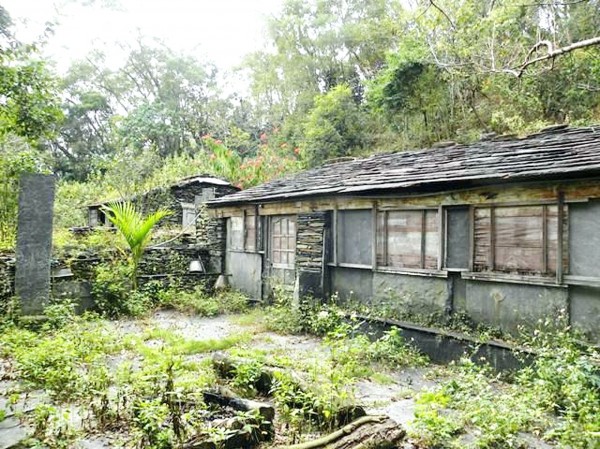《TAIPEI TIMES 焦點》 Rukai village included on list of world cultural sites

Rukai houses made of stone slates in Wutai Township, Pingtung County, are pictured in an undated photograph. Photo courtesy of the Pingtung County Government
By Jake Chung / Staff writer, with CNA
Increasing attention from the international community is being given to cultural sites across Taiwan, with the most recent being the inclusion of an abandoned Rukai village on next year’s world monuments watchlist run by the New York-based World Monument Fund.
It is the second nomination of a Taiwanese sites to be included on the list, which was first published in 1996 and is released once every two years, seeking to draw attention to threatened cultural heritages around the world.
The first Taiwanese site on the list was the Wangan community building in Penghu County in 2004.
Next year’s list features 50 sites in 36 nations, dating from ancient history to the 20th century.
A World Monument Fund report released on Thursday in New York City said the “sites on the 2016 watch are emblematic of preservation issues that are prevalent around the globe ... a call to action that brings the fragility of these sites and the dangers they face to international attention.”
Next year’s list includes the Palace of Justice in Brussels, the Wentworth Woodhouse in England, Albania’s Spac Prison and the almost entirely abandoned Rukai village in Wutai Township (霧台), Pingtung, it said.
The village is inhabited by only one couple, who are hunters by profession, according to the Pingtung County government.
Commonly known as the Haocha community (好茶), or Kucapungane, the site is where legend has it that the people’s ancestors built a village where a Formosan clouded leopard had led them.
The village is 1,000m above sea level and has more than 600 years of history.
The Rukai relocated to Sinhaocha (新好茶) in 1974 to be closer to modern infrastructure, leaving behind more than 100 buildings built from stone plates.
The World Monument Fund, which was founded in 1965, said the unique skill used to construct the houses, built from hand-cut black and gray shale slabs, and the rich cultural history of the people were reasons for its inclusion of the village on the list.
Despite designation by the government as a national monument, the village deteriorated over four decades of disuse, with frequent typhoons exacerbating the problem, the non-profit organization said.
It said it hopes the listing highlights “the importance of the fragile physical remains of Kucapungane as well as the associated intangible Rukai heritage,” adding that local government and private organizations should strive to protect the site.
Kucapungane leader Ko Kuang-hui (柯光輝) said he cried tears of joy after hearing of the listing.
Ko said he hopes the move would also prompt society to help preserve the site.
He said that after two moves, the second in 2009 following Typhoon Morakot, many Rukai cultural relics had been lost.
The people consider the village their spiritual homeland, he added.
Members of the Kucapungane Rukai make periodic visits to the village and Ko said they hope the local government would help repair the Haocha Bridge to facilitate our way home, adding that one day they hoped to move back to Kucapungane.
新聞來源:TAIPEI TIMES















